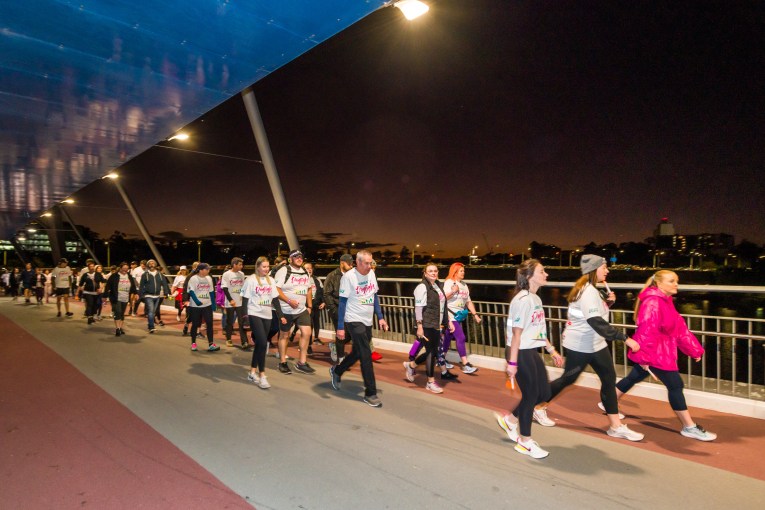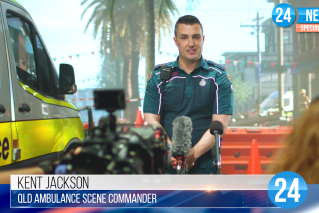
Experts say 40 million reasons we must plan now for cities of 2060
By 2060, Australian cities and regional areas will need to house 40 million people and Griffith University planning experts say we must start preparing for this reality now.

(Image: Unsplash)
However, Cities Research Institute Director Professor Paul Burton said preparing for our long-term urban future did not just mean making detailed plans for cities in 2060 and sticking with them at all costs.
“It’s more about being adaptive in the face of changes we can’t anticipate and involving more people in these conversations about the futures we want,” he said.
“We also need to remember that South East Queensland is increasingly connected with the rest of the world and improving these connections and relations with other places will only become more important in shaping our future.”

Professor Paul Burton. (Image: Supplied)
Professor Burton and senior lecturer Dr Tony Matthews recently joined other specialists in built environment, urban design, architecture and tech on a panel discussing the cities of 2060 at the World Science Festival Brisbane.
Matthews said technology innovation would give residents access to greater levels of information in 40 years time.
“It will be very sophisticated and nuanced,” Matthews said.
“People will be able to easily access fine grain local data like air quality readings, micro-scale weather reports, extensive real-time transit data and so on.”
He also said big brother-style tech would become even more prevalent.
“There will be a lot more surveillance technology in the cities of the future – recording people, movement and transactions.”
He said there were many global examples of good practice.
“Lots of cities are doing really well in some aspects of forward planning – but none are getting it all right,” he said.
“Who we look to should depend on what aspect of forward planning you’re interested in.
“Singapore is a world leader in utilising urban greenery, Amsterdam for integrated cycling, Rome for heritage conservation.”
Matthews added that finding a balance to combat urban sprawl without compromising greenspace was tricky, but not impossible.

Dr Tony Matthews. (Image: Supplied)
“The first thing to do is try to protect the greenspace we have left and not sacrifice it easily for other uses, as that way, we don’t have to try to recover that greenspace in the future,” Matthews said.
He added green areas on top of buildings, frequently seen in places like Hong Kong, were becoming increasingly common but should not be relied on as the sole provider of greenery.
“While this approach has its benefits, it’s not a like for like replacement of natural space,” he said.
Matthews believes developments such as subdivisions and terraced housing could be used in conjunction with high rises to help prevent urban sprawl while creating a “nice blend of scale and experience.















